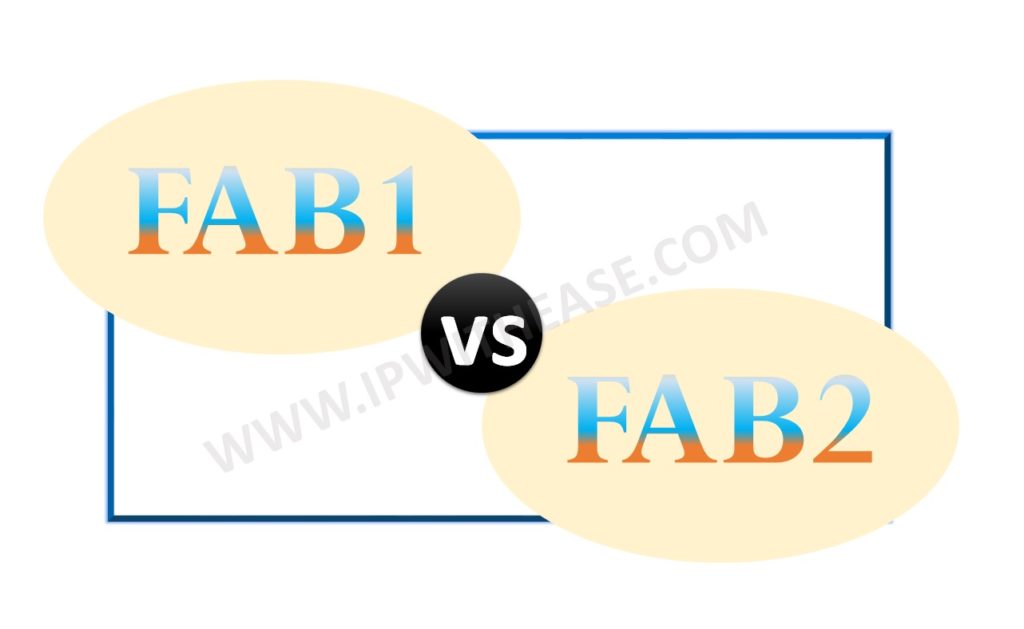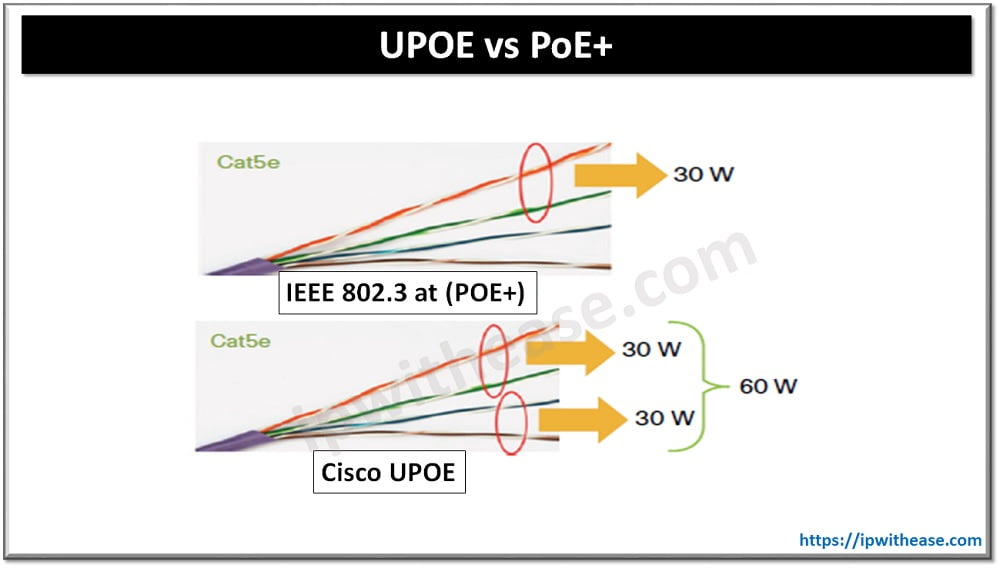Network Interface Card is in-short called NIC. NIC is also referred to as an Ethernet card and network adapter. It is an expansion card or hardware interface that enables a computer to connect to a network; such as a home network, or the Internet using an Ethernet cable with an RJ-45 connector.
Some NIC (Network Interface Card) cards are meant for wired networks while others are for wireless network. Most widely used wired LAN Technology is Ethernet. Ethernet based NIC (Network Interface Card) cards are available in every local electronic hardware shops. Normal speed rating of Ethernet based wired NIC (Network Interface Card) available these days are 10/100/1000 Mbps (Mega bits per second).
Every computer participating in network must have at least one NIC. Computers can have more than one NIC card also. Network interface cards also provide a buffer for incoming and outgoing data, so that the computer can compensate for latency issues. Many modern devices have network interface cards built into them, as standards have made Ethernet and IEEE 802.11 (used for wireless local access network connections) widespread and compact.
Every NIC (Network Interface Card) has a 48-bit globally unique identifier called as MAC Address (Media Access Control Address) burned into its ROM chip. This MAC address is used to deliver Ethernet Frames (packets) to a computer.
The NIC driver software passes the data between the Operating System and the NIC. Latest Operating Systems include different NIC driver software for almost all major NIC vendors.One NIC can handle a number of Ethernet connections by attaching a switch or router to it. While most people are used to standalone routers, many enterprise and server-grade routers are full servers attached to switches. In some cases, two or more NICs might be used to provide more throughput.
Offices often use Ethernet connections for workstations and desktops. Ethernet cables are easier to configure than wireless cards, and they can provide better throughput in certain scenarios. As more offices move to cloud-based operations, Ethernet cables are likely to be used to prevent wireless channels from becoming congested.
ABOUT THE AUTHOR

You can learn more about her on her linkedin profile – Rashmi Bhardwaj



